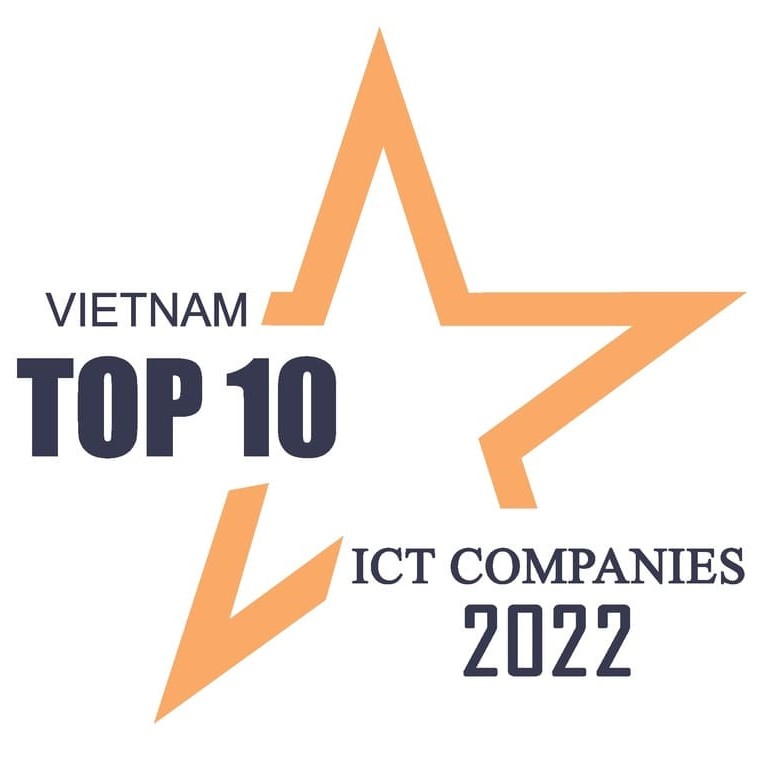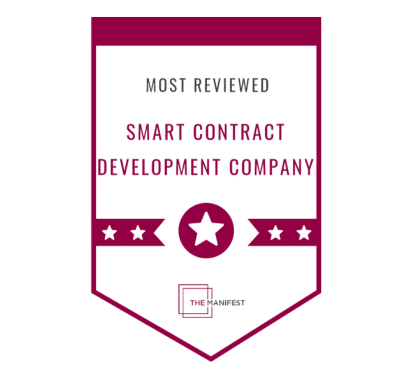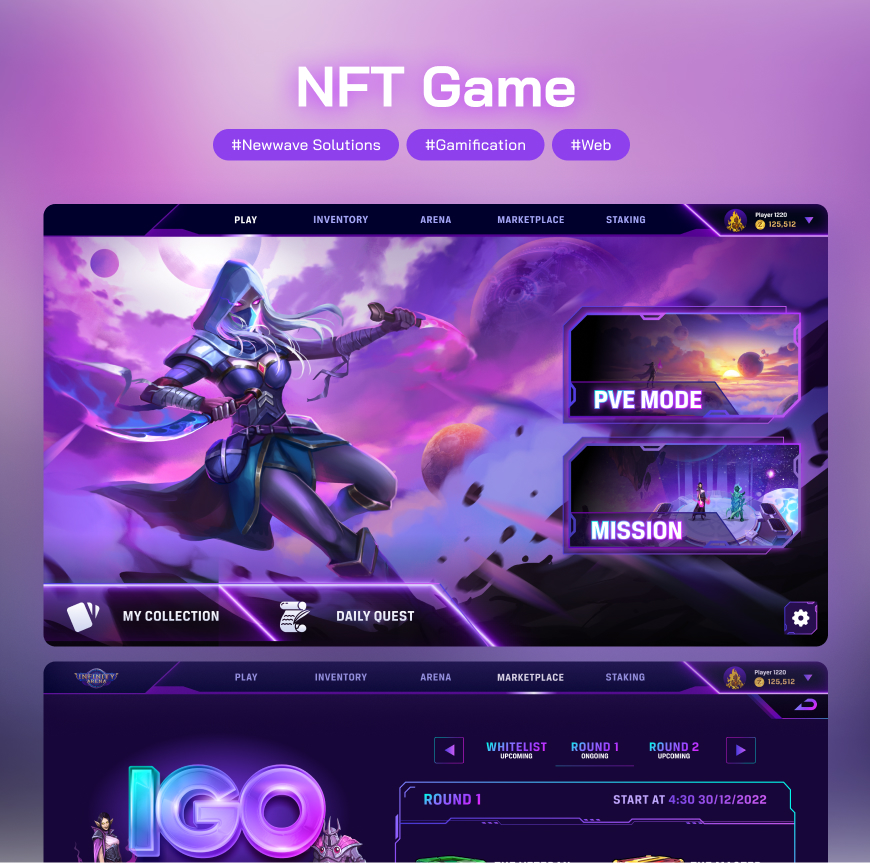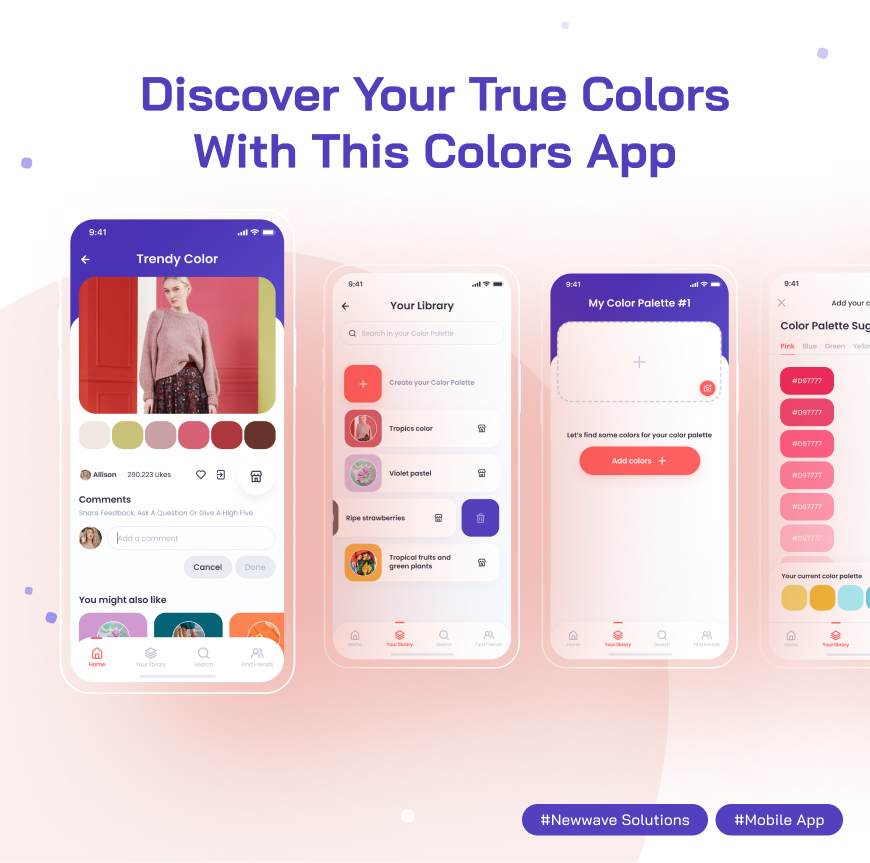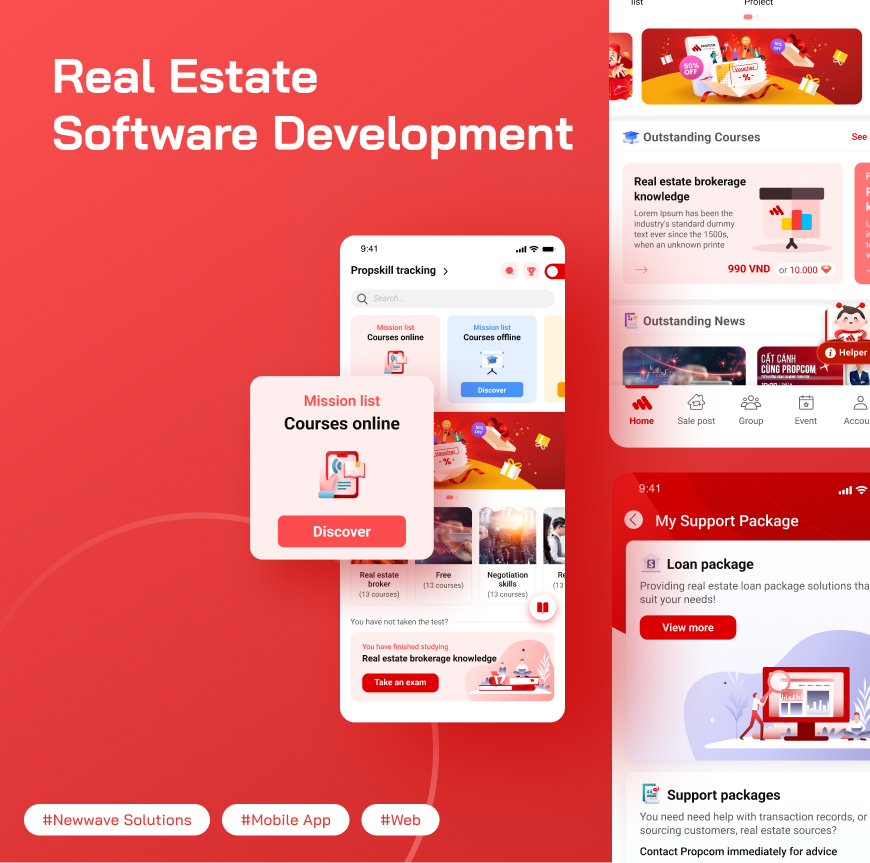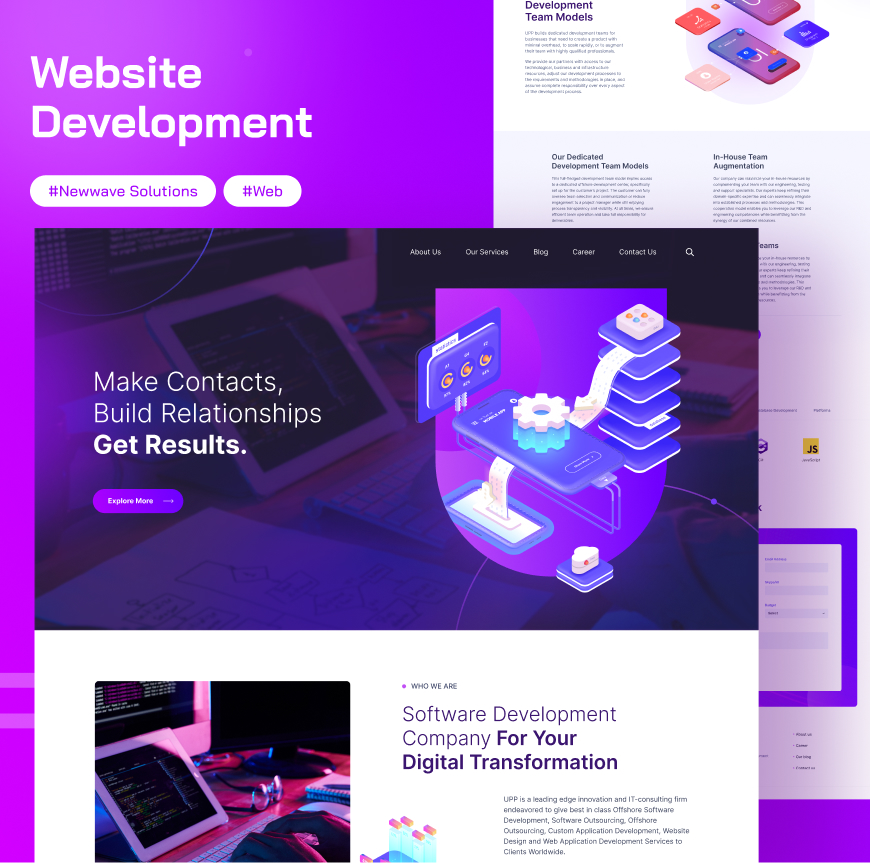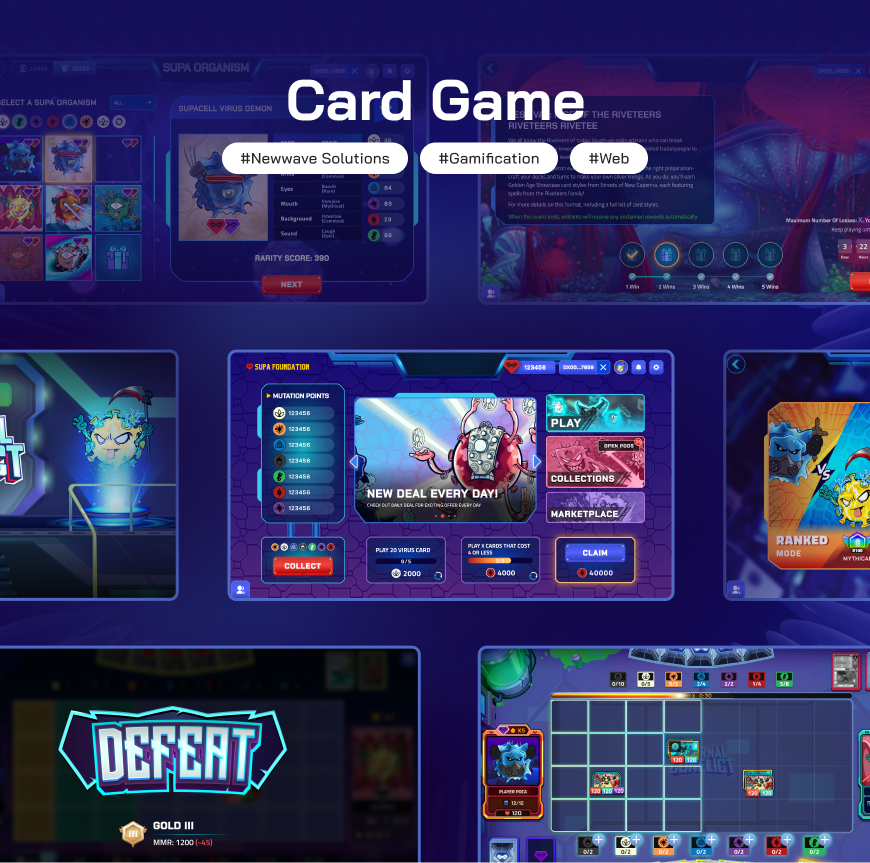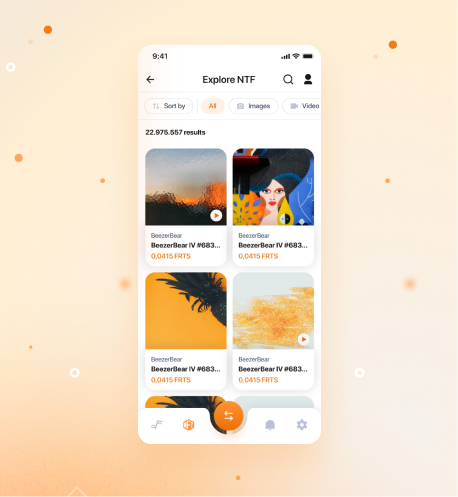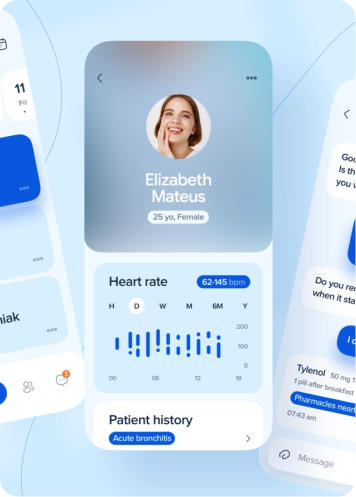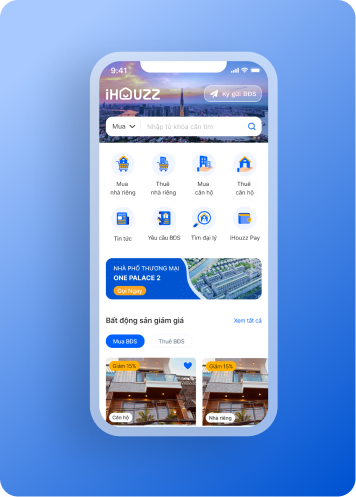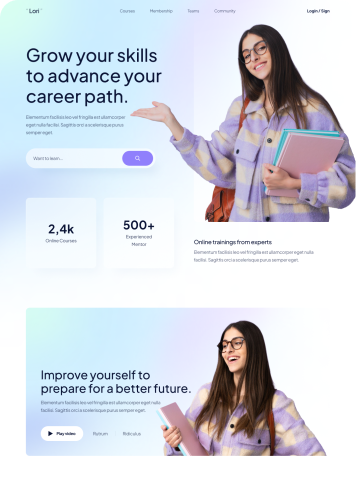Transform sales and customers joy by using AR technology
Augmented Reality (AR), with its capacity to overlay digital information onto the physical world, goes beyond enhancing business operations, it elevates customer interaction. By smoothly tackling business problems, AR emerges as a pivotal catalyst for the achievements of manufacturing firms, medical facilities, fintech enterprises, retail outlets, and consumer applications alike.
As an AR software provider, Newwave Solutions with a team of IT experts empowers startups and enterprises to amplify their digital product's value proposition with innovative solutions.

Our Clients
Our quality and dedication in outsourcing software development projects are underscored by more than 30 awards, accolades, and achievements we have earned.
Newwave Solutions AR Services
Leveraging augmented reality alongside cutting-edge artificial intelligence and machine learning algorithms empowers you to transcend the boundaries of conventional AR frameworks, paving the way for innovative solutions.
The development of an AR application opens you the wide market of more than 300 million AR users monthly. Get access to skilled AR experts who will develop a mind-blowing AR app and boost your business.
- Custom AR Development
- Android AR Development
- Unity Support
- AR Experience Design
- IoT in AR
- AR App Support and Maintenance
Build Your Industry-Specific AR Solutions

Healthcare
Our AR applications support healthcare professionals in conducting a range of procedures, spanning from basic injections or blood draws to intricate surgeries.

Retail
We give your customers a possibility to use AR for shopping online and make more informed decisions.

Education
We enable interactive learning environment for students at educational institutions and improve on-the-job training for specialists in different spheres

Real Estate
We create virtual architectural and interior environment. Without any investment into furnishing, you can show how a house or an apartment turns into an individually furnished.

Manufacturing
AR powered digital models of physical assets transform the process of prototyping and assembling new complex equipment and machinery.
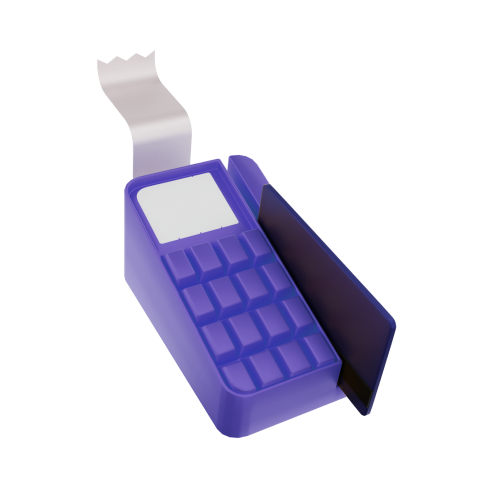
Supply Chain
With AR, we bring transparency, efficiency and speed to supply chain processes.

Get high-performed AR applications with us
Collaborating with Newwave Solutions and let our professional AR developers ensure the high quality augmented reality app!
Our Work
Wise Solutions
Core Technologies We Use
-
Deep Learning
-
Deployment


-
Others


-
Framework






-
UIUX






Unlocking Opportunities: Exploring the Advantages of AR Development
Unleash the potential of your online presence with our expertly crafted AR development solutions. Our experts easily find out numerous reasons why AR technology is immensely rewarding. Here are some key highlights:
-
Transparency
-
Personalized Design
-
End-to-End Security
-
Flexible Approach
-
Data Security
-
Dediacted Team
Working model
Staff Augmentation
Enhance your team with skilled professionals, adjusting resources as needed for project success.
Extended team
Expand your capabilities seamlessly by integrating our skilled professionals as an extension of your in-house team.
Fixed Price
Predictable cost structure for projects, with a predetermined price agreed upon before the work begins.
T&M
Flexible billing model for projects, paying for actual hours worked and materials used.
Hourly hiring
Paying developers based on the number of hours worked is a common option for short-term or project-based work. This provides flexibility and allows for precise tracking of expenses.
Daily hiring
Some businesses opt for a daily rate, particularly for longer-term projects where the workload may vary from day to day. Daily rates offer simplicity and may provide cost savings compared to hourly rates for extended engagements.
Monthly hiring
Hiring developers on a monthly basis is suitable for ongoing projects or when consistent support is required. Monthly rates offer predictability in budgeting and staffing, making it easier to plan resources over the long term.
Yearly hiring
For businesses with ongoing development needs, hiring developers on a yearly basis provides stability and continuity. This option is common for full-time employees or dedicated team members and ensures a consistent presence for the duration of the contract.


Can not find a suitable team?
Let’s co-create your success story!
Process
01. Ideate
Our top consultants conduct thorough business and technical analysis, define your organization’s goals, determine priorities, and prepare the preliminary vision of your solution.
02. Design
Our Solution Group develops the solution architecture, project implementation roadmap, and a prototype of the solution with performance, usability, security, and scalability in mind.
03. Build
We develop your solution, relying on Agile methodologies and the most efficient technologies, while we continuously monitor software quality and implementation of engineering best practices.
04. Launch
The product is launched after meticulous preparation of the release strategy and documentation, final adjustments to match the solution vision, and performing release testing.
05. Scale
Newwave Solutions experts will make sure your product grows together with your business. We help you advance your system through performance tuning, adding new features, security updates, and automated scaling.









